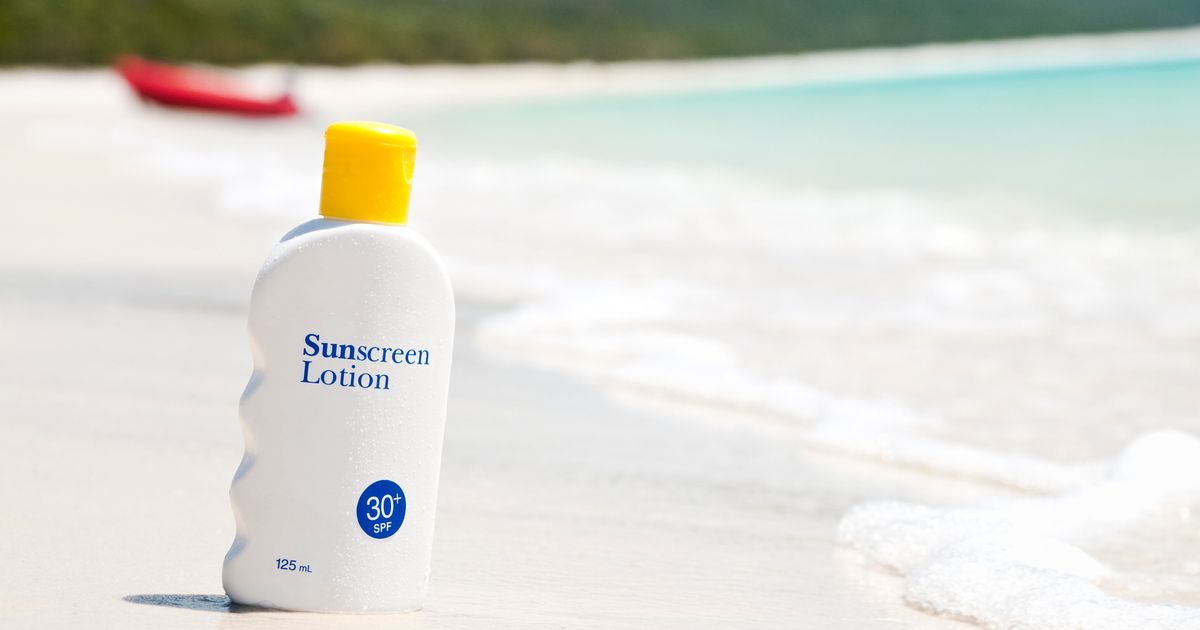In 2020, Purito, a Korean skincare brand, gained popularity for their sunscreen called Centella Green Level Unscented Sun. It was praised by influencers and skincare enthusiasts for its lightweight formula and SPF 50 rating. However, when the founder of the blog INCIDecoder sent samples of the sunscreen for testing, it was discovered that the actual SPF was only 19. Further testing by the Korea Institute of Dermatological Sciences revealed an SPF rating of 28.4. This controversy raised concerns among consumers about the accuracy of SPF values in sunscreens. Consumer advocacy groups have also found instances where sunscreens had lower SPF than advertised.
In the latest Consumer Reports test on sunscreens, only three out of 71 tested sunscreens matched their labeled SPF. While all tested sunscreens claimed to have an SPF of 30 or above, only 21% actually exceeded SPF 30, the recommended level by dermatologists. Additionally, 40% of the tested sunscreens had a SPF below 15.
There are several factors that contribute to variations in SPF ratings. Formulating high-SPF sunscreens is challenging due to safety requirements and the need for a large safety buffer to protect consumers. Testing for SPF can also be complex, with in vivo testing on human volunteers being the most effective method. However, testing labs may exhibit bias, resulting in inconsistent results. Testing methods can vary between companies and consumer advocacy groups, leading to differences in SPF ratings. Factors such as heat, transportation, and storage can also affect the stability of sunscreen ingredients.
To ensure they are using a sunscreen with an accurate SPF, users are advised to consider information from both consumer advocacy groups and skincare companies. Choosing sunscreens from companies that have shared their lab findings and have been tested by reputable entities can be helpful. Purchasing products from authorized retailers and paying attention to proper storage and transportation can also ensure the quality of the sunscreen.
Using a sunscreen with a lower SPF than expected is not necessarily a cause for immediate concern. While dermatologists recommend using sunscreens with SPF 30 or higher, sunscreens with SPF 15 still provide effective protection against skin cancer and premature aging. The incremental increase in UVB ray blocking percentage between SPF levels is not significant. However, it is important to properly apply sunscreen regardless of its SPF to ensure adequate protection.

